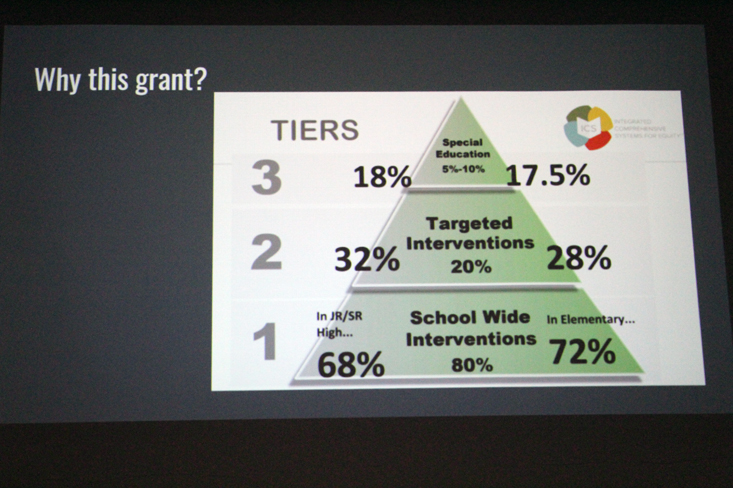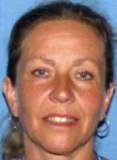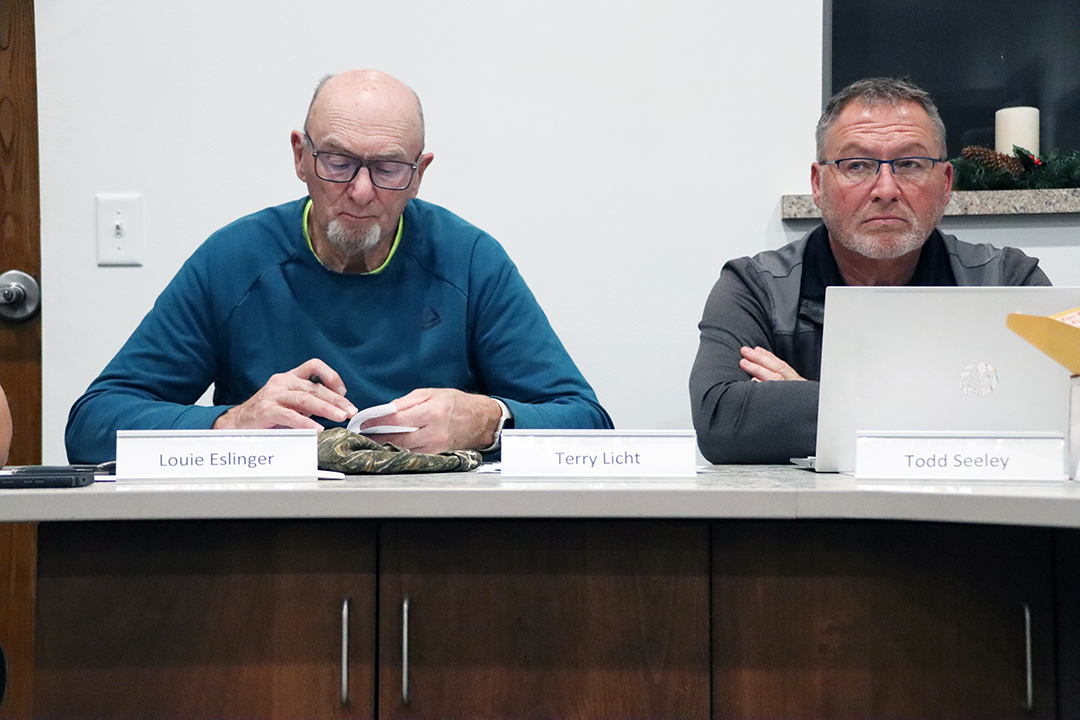Community feedback heard on Research to Practice Inclusive Communities grant


By Julia Wolf
Prior to the Cadott School Board Annual Meeting, Oct. 19, the board held a listening session with the public, to discuss what the Research to Practice I...




